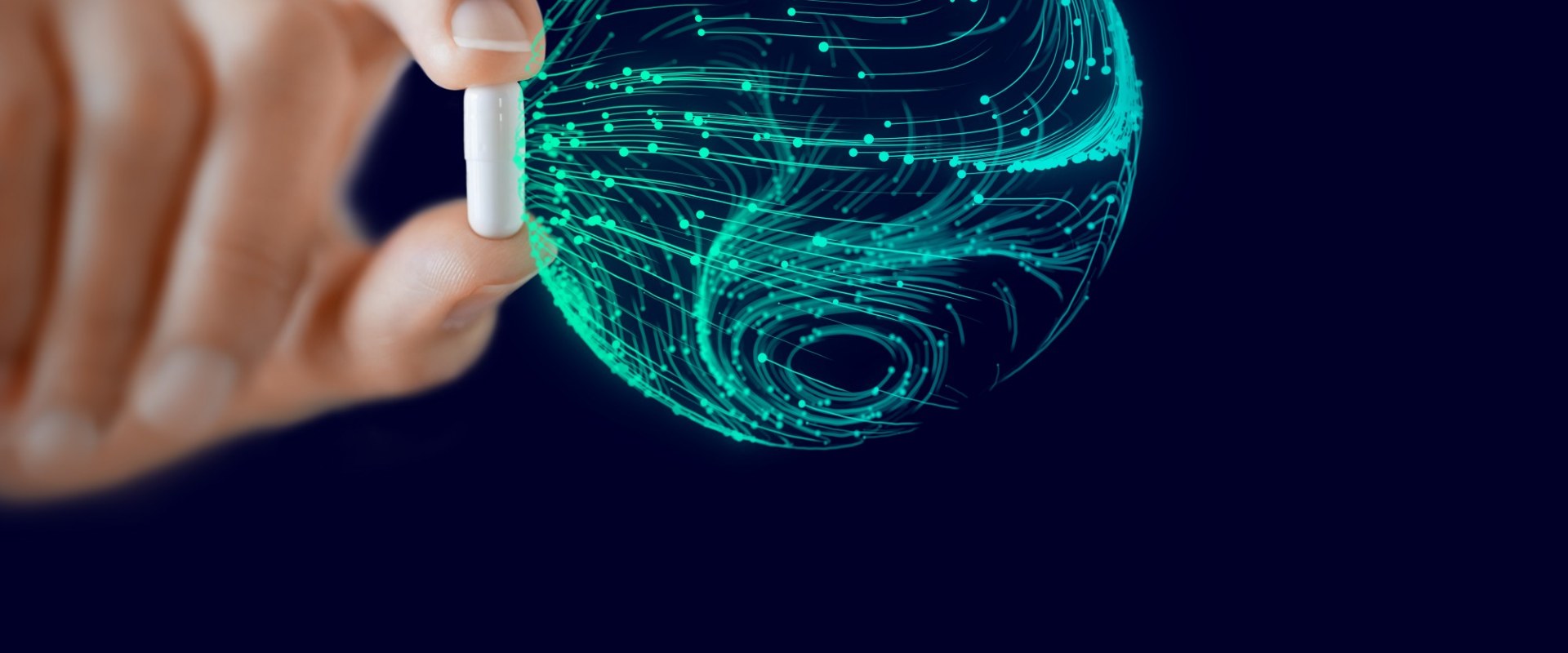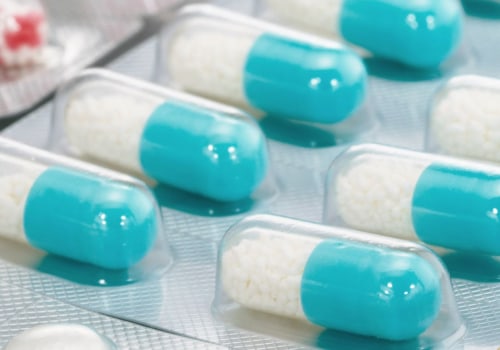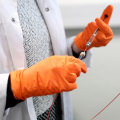In the US pharmaceutical market there are several prices, which broadly correspond to different levels of the distribution chain and whether the price is a list price or a transaction price (reflecting discounts or rebates of the list price). The main price levels and types are described here in summary, and the following sections describe the system and its effects in more detail. Large, established pharmaceutical companies, such as Pfizer and Novartis, have a large number of drugs on the market. These major pharmaceutical firms have internationally recognized research and development laboratories and a large number of manufacturing plants.
Smaller research and development pharmaceutical companies may not have any approved drugs on the market, but continue to focus on research, such as observing clinical trials. Research and development companies can also be subcontractors to core companies that require additional support for research. Several drugs on the market no longer have patent protection. Generic drug companies re-market these drugs after patent expires as less expensive versions.
How to become a reseller of. How to create a pharmaceutical company How to find a company record. Three Factors Impacting Demand. How to Obtain a Business License.
Which companies benefit from GMOs? What are some things that one would do. Whether you are starting your first company or you are an entrepreneur dedicated to diving into a new company, Bizfluent is here to equip you with the tactics, tools and information to establish and run your companies. By using any of the above types of businesses, pharmaceutical companies are expanding their businesses. But we can't decide any type of business that easily, since it's difficult or better than others.
Each type of business model has its own advantages and disadvantages in the pharmaceutical industry. First, you need to understand that each type of business model sells drugs, gains reputation, and performs well in the marketplace. All types have a difficult level of competition, so we can't choose based on the competition factor. You choose a particular market segment based on your knowledge and experience.
As a startup, we need to play it safe and avoid any experiments, since we can't take much risk at the initial level. There are several ways to segment the pharmaceutical market. The distinction between prescription and nonprescription (over-the-counter) drugs is often used. Drugs can also be divided into products derived from chemicals and products that improve biotechnology (biologics).
When ranking the industry by therapeutic area, the main revenue-generating segments are oncology, diabetics and pain relief. In low-income countries, especially in Africa, the direct purchase and distribution of medicines by the government (Ministries of Health) represents a significant part of the overall market for pharmaceuticals (Table. Biotechnology companies make up another subsector of the pharmaceutical industry working to bring new treatments to market. Leonard Lerer explores this segmentation in his now-timely article on Pharmaceutical Marketing Segmentation in the Internet Age.
Influencing healthcare professionals is often an indirect pharmaceutical marketing strategy, although a company may target people directly. When the market exclusivity of a brand-name small molecule drug (which refers to most traditional pharmaceutical drugs) ends, other companies can produce generic versions of the drug. TV commercials are commonly used when marketing pharmaceuticals to consumers, because they have wide exposure and try to inform consumers about how drugs will improve their lives. People within the B2B pharmaceutical industry will often make the difference between a sale or no sale, not marketing messages.
Finally, although the results are somewhat mixed and inconclusive, the empirical literature on strategic deterrence of entry into pharmaceutical markets does not seem to produce very strong evidence that brand advertising deters entry. In the U.S. For example, generic drug companies must demonstrate 80-125% bioequivalence to receive marketing approval for their drug. Pharmaceutical markets in developing countries differ from those of industrialized countries in that insurance coverage for medicines is very limited, and most people pay out-of-pocket, especially those with lower income levels.
There are significant differences between developing countries in terms of total health expenditures, total pharmaceutical expenditures, strength of drug regulatory authorities, social health insurance, and relative division of the distribution between the public and private sectors of pharmaceuticals. The level of pharmaceutical spending and willingness to pay for innovation differ between and within EU countries, as discussed by Drummond and Towse (201), while regulatory approaches that address increased pharmaceutical spending are quite similar across countries and can be standardized. , for example, see Vogler et al. The pharmaceutical industry is responsible for the development, production and marketing of medicines used for various types of prevention measures, treatments and therapies.
Free sample delivery is a widely used pharmaceutical marketing practice, and samples can be delivered to both doctors and consumers. . .








Leave Reply